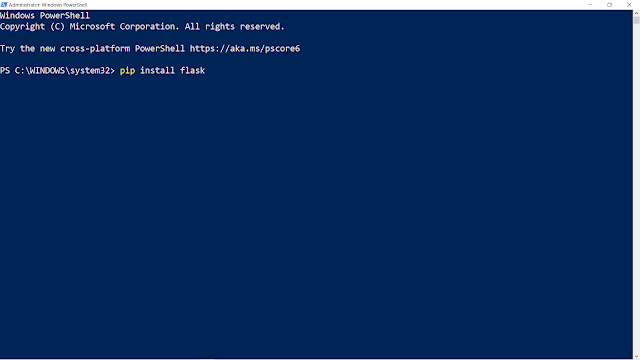learnpython24-(Python Multiple Inheritance)
Python Multiple Inheritance
In this tutorial, you'll learn about multiple inheritance in Python and how to use it in your program. You'll also learn about multi-level inheritance and the method resolution order.
Python Multiple Inheritance
A class can be derived from more than one base class in Python, similar to C++. This is called multiple inheritance.
In multiple inheritance, the features of all the base classes are inherited into the derived class. The syntax for multiple inheritance is similar to single inheritance.
Example
class Base1:
pass
class Base2:
pass
class MultiDerived(Base1, Base2):
passHere, the MultiDerived class is derived from Base1 and Base2 classes.
The MultiDerived class inherits from both Base1 and Base2 classes.
Python Multilevel Inheritance
We can also inherit from a derived class. This is called multilevel inheritance. It can be of any depth in Python.
In multilevel inheritance, features of the base class and the derived class are inherited into the new derived class.
An example with corresponding visualization is given below.
class Base:
pass
class Derived1(Base):
pass
class Derived2(Derived1):
passHere, the Derived1 class is derived from the Base class, and the Derived2 class is derived from the Derived1 class.
Method Resolution Order in Python
Every class in Python is derived from the object class. It is the most base type in Python.
So technically, all other classes, either built-in or user-defined, are derived classes and all objects are instances of the object class.
# Output: True
print(issubclass(list,object))
# Output: True
print(isinstance(5.5,object))
# Output: True
print(isinstance("Hello",object))In the multiple inheritance scenario, any specified attribute is searched first in the current class. If not found, the search continues into parent classes in depth-first, left-right fashion without searching the same class twice.
So, in the above example of MultiDerived class the search order is [MultiDerived, Base1, Base2, object]. This order is also called linearization of MultiDerived class and the set of rules used to find this order is called Method Resolution Order (MRO).
MRO must prevent local precedence ordering and also provide monotonicity. It ensures that a class always appears before its parents. In case of multiple parents, the order is the same as tuples of base classes.
MRO of a class can be viewed as the __mro__ attribute or the mro() method. The former returns a tuple while the latter returns a list.
>>> MultiDerived.__mro__
(<class '__main__.MultiDerived'>,
<class '__main__.Base1'>,
<class '__main__.Base2'>,
<class 'object'>)
>>> MultiDerived.mro()
[<class '__main__.MultiDerived'>,
<class '__main__.Base1'>,
<class '__main__.Base2'>,
<class 'object'>]Here is a little more complex multiple inheritance example and its visualization along with the MRO.
# Demonstration of MRO
class X:
pass
class Y:
pass
class Z:
pass
class A(X, Y):
pass
class B(Y, Z):
pass
class M(B, A, Z):
pass
# Output:
# [<class '__main__.M'>, <class '__main__.B'>,
# <class '__main__.A'>, <class '__main__.X'>,
# <class '__main__.Y'>, <class '__main__.Z'>,
# <class 'object'>]
print(M.mro())Output
[<class '__main__.M'>, <class '__main__.B'>, <class '__main__.A'>, <class '__main__.X'>, <class '__main__.Y'>, <class '__main__.Z'>, <class 'object'>]
To know the actual algorithm on how MRO is calculated, visit Discussion on MRO.




Comments
Post a Comment